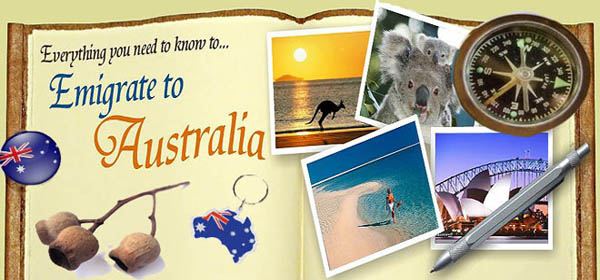Since early 1945, 7 million people have come to Australia as new settlers - migrants. They have had a marked influence on all aspects of our society. In the 64 years of planned post-war migration, Australia has seen:
•nearly 6.8 million migrants arrive comprising about 3.49 million males and 3.29 million femalesThe trigger for a large-scale migration program was the end of World War II. Agreements were reached with Britain, some European countries and with the International Refugee Organisation to encourage migration, including displaced people from war-torn Europe.
•more than 700 000 people arrive under humanitarian programs, initially as displaced persons and more recently as refugees
•a population rise from around 7 million to over 21.5 million.
About one million migrants arrived in each of the six decades following 1950:
•1.6 million between October 1945 and 30 June 1960The highest number of settlers to arrive in any one year since World War II was 185 099 in 1969-70. The lowest number in any one year was 52 752 in 1975-76.
•about 1.3 million in the 1960s
•about 960 000 in the 1970s
•about 1.1 million in the 1980s
•over 900 000 in the 1990s
•over 900 000 since the year 2000.
Today, nearly one in four of Australia's 21 million people were born overseas. For the past three financial years, the United Kingdom has been the major source country for migrants.
The number of settlers arriving in Australia between July 2008 and June 2009 totalled 158 021. They came from more than 200 countries. Most were born in New Zealand (16.2 percent), the United Kingdom (13.63 percent), India (10.9 percent), China (10.0 percent) and South Africa (4.5 percent).
Today's migration program recognises that business globalisation has resulted in a major flow of people who often do not intend to stay in Australia permanently.



